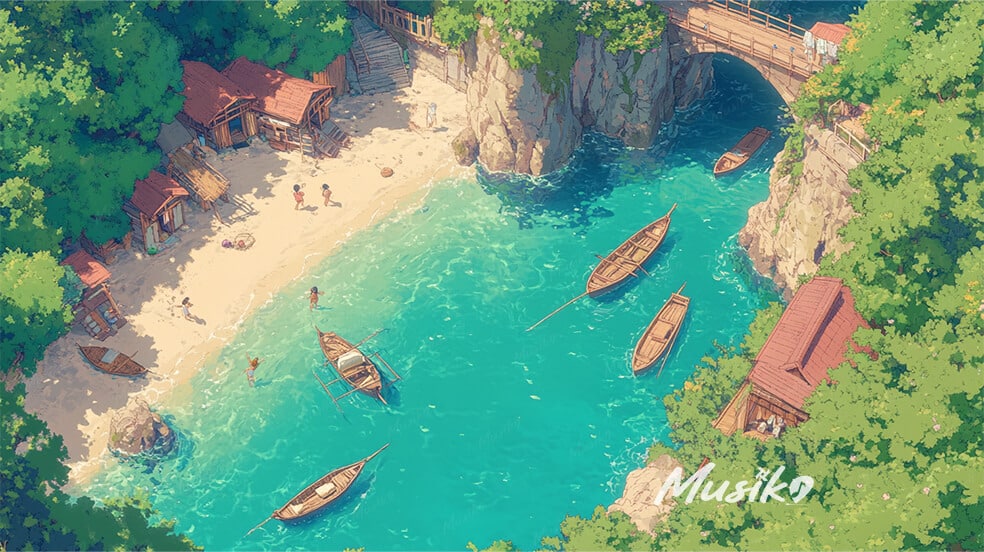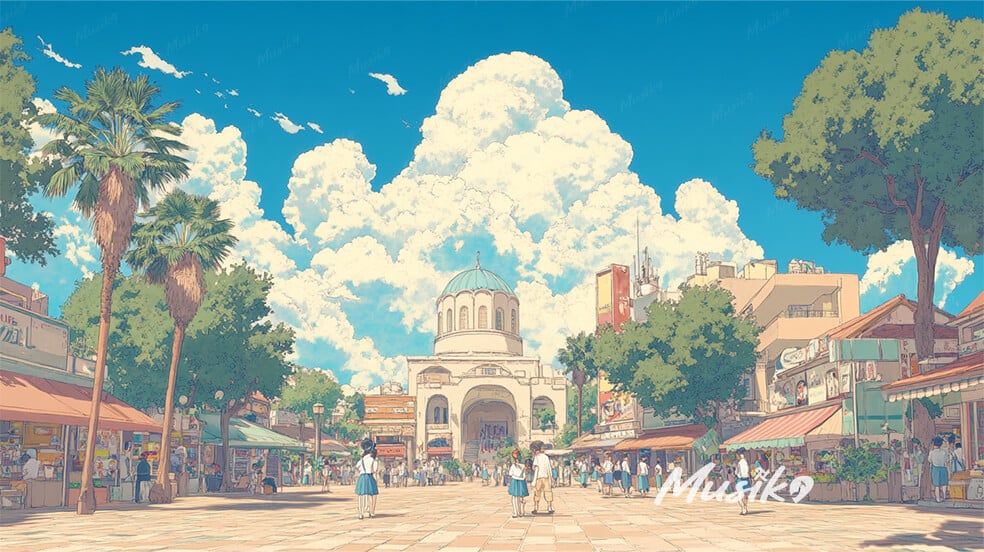🌴 Welcome to Patikul
Patikul, a coastal municipality nestled in the heart of Sulu Province, is a place of cultural richness, untamed natural beauty, and soulful traditions. Though often overshadowed by mainstream travel destinations, Patikul is a fascinating town that offers a deep dive into the Tausug way of life and the vibrant spirit of Mindanao’s southern islands.
🕌 Landmarks and Historical Echoes
One of Patikul’s iconic landmarks is the Masjid Jambangan, a majestic mosque that stands as a symbol of faith and community strength. This region is also steeped in ancestral traditions, and nearby barangays reveal ancestral homes and local tales passed down generations.
🏞️ Tourist Spots You Shouldn’t Miss
Patikul is dotted with white sand beaches, hidden coves, and crystal-clear coastal waters. Its off-grid charm is perfect for explorers who want to veer away from the tourist trail. If you’re an eco-adventurer, you’ll love the Mount Tumatangis area, offering scenic views of lush tropical hills and forested terrain.
🧕 Culture and Traditions
This municipality is home to the Tausug people, known for their courage, hospitality, and deep-rooted traditions. The locals preserve age-old customs, including weaving, kulintang music, and the art of pangalay dance, a graceful movement mimicking the waves of the sea.
🗣️ Language of the Land
The dominant language in Patikul is Tausug, a language rich in metaphor and rhythm. Filipino and English are also understood, especially in educational settings.
🍛 Food That Tells a Story
Patikul’s cuisine is a flavorful blend of Malay and Mindanaoan influences. Must-try dishes include:
- Tiulah Itum (black beef soup with burnt coconut)
- Pastil (spiced rice wrapped in banana leaves)
- Siyagul (a curry-like dish with coconut and spices)
Spicy, aromatic, and always cooked with heart.
🎉 Festivals That Celebrate Life
While large-scale festivals are rare due to Patikul’s quiet lifestyle, Islamic feasts such as Eid’l Fitr and Eid’l Adha are observed with communal prayers, feasts, and family gatherings. These occasions become vibrant displays of local food, dress, and unity.
🎶 The Soulful Sound of Patikul
Patikul’s music reflects its heritage — the rhythmic beating of kulintang gongs, the melodic agong, and traditional chants often heard during weddings or community events. Young locals are also experimenting by blending traditional beats with modern hip-hop and acoustic.
🐚 What Patikul is Known For
Patikul is best known for:
- Its resilient and proud Tausug culture
- Untouched nature and secluded beaches
- Being a gateway to Sulu’s hidden gems
- Local crafts and textiles
- Its role in the historic Sultanate of Sulu
📌 Final Thoughts
Patikul is not your average tourist destination, it’s raw, real, and remarkably rich in culture. For those who seek authenticity and a deeper connection with the Philippines’ diverse soul, this southern wonderland is a treasure waiting to be discovered.








